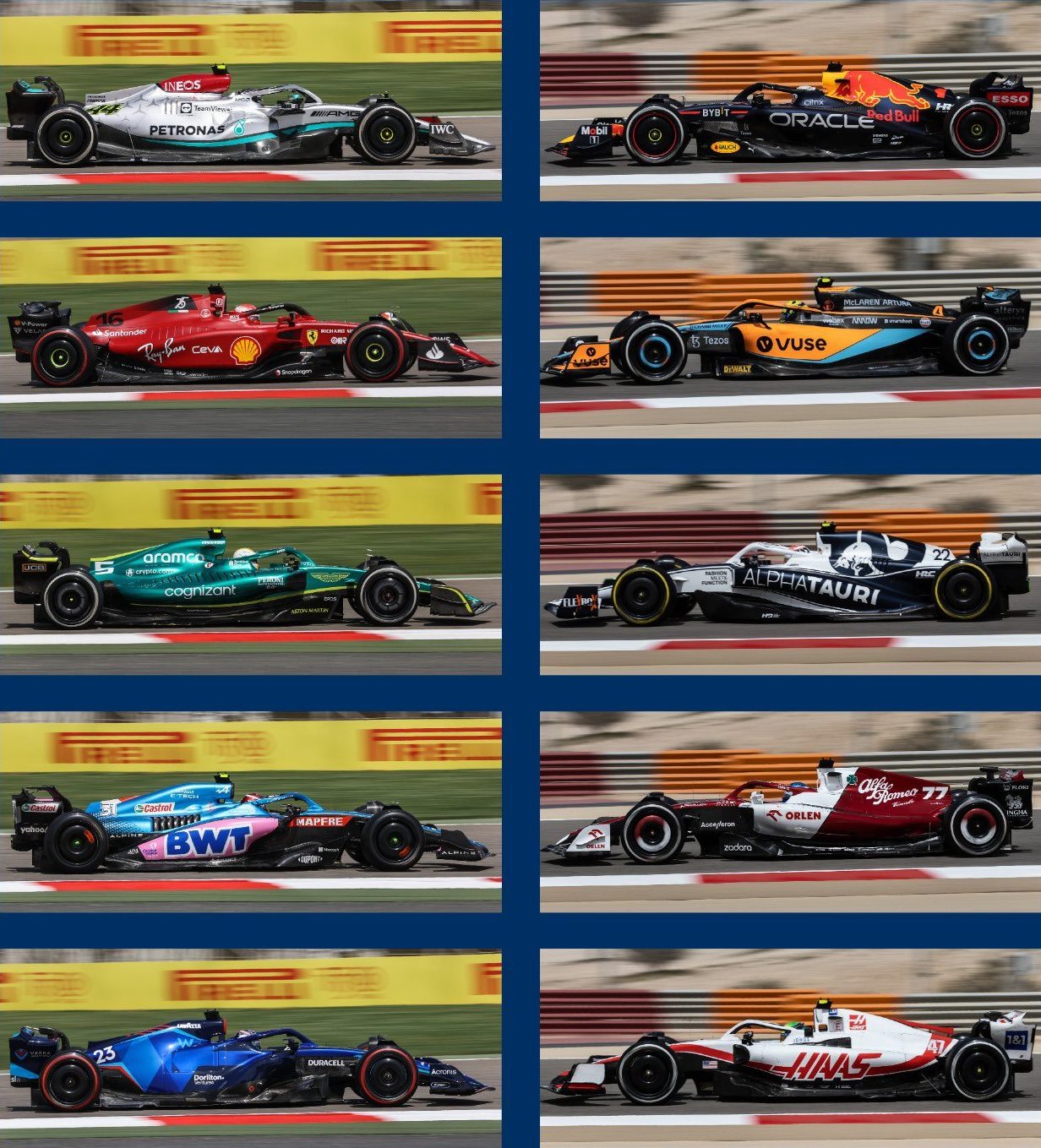F1: A look at the unique design approaches the teams have taken to meet the 2022 regulations
The 2022 F1 regulations, originally slated to arrive in 2021 but delayed by Covid-19, had one guiding principle: to allow closer racing – with the potential for more overtakes a happy, but secondary, benefit. They are the most significant change to the regulations the sport has seen in over a decade.
The new regulations make the cars generate more downforce from the floor beneath the car and less from the air flowing over the car.
If you are an F1 fan, you must have noticed that F1 teams have taken unique design routes as allowed within the limitations of the new regulations.
Some teams have gills on their sidepods, while others prefer the pullrod to pushrod suspension. There is an inspiration behind the unique designs of F1 cars in 2022.
All the 2022 cars have been unveiled, showing unique approaches taken by each team. They all reveal a particular tech trend, some of which have glaring differences. As an F1 fan, it would help to understand these differences. This information is crucial for the F1 enthusiasts using online betting platforms, such as Betway, as it might assist them to predict the winning team, depending on which design philosophy ends up being the quickest.
Cooling Systems
The most apparent difference is undoubtedly the bodywork cooling approach used. In this sense, Aston Martin and Ferrari have leaned heavily towards gill cooling on their sidepod’s upper surface. This approach was allowed for the first time after it was prohibited in 2009. On the other hand, other teams have directed it by way of tunnels that go out from large venturis at the car’s back.
Some of the sidepods generate additional downforce on their upper surface, especially Ferrari’s concave approach.
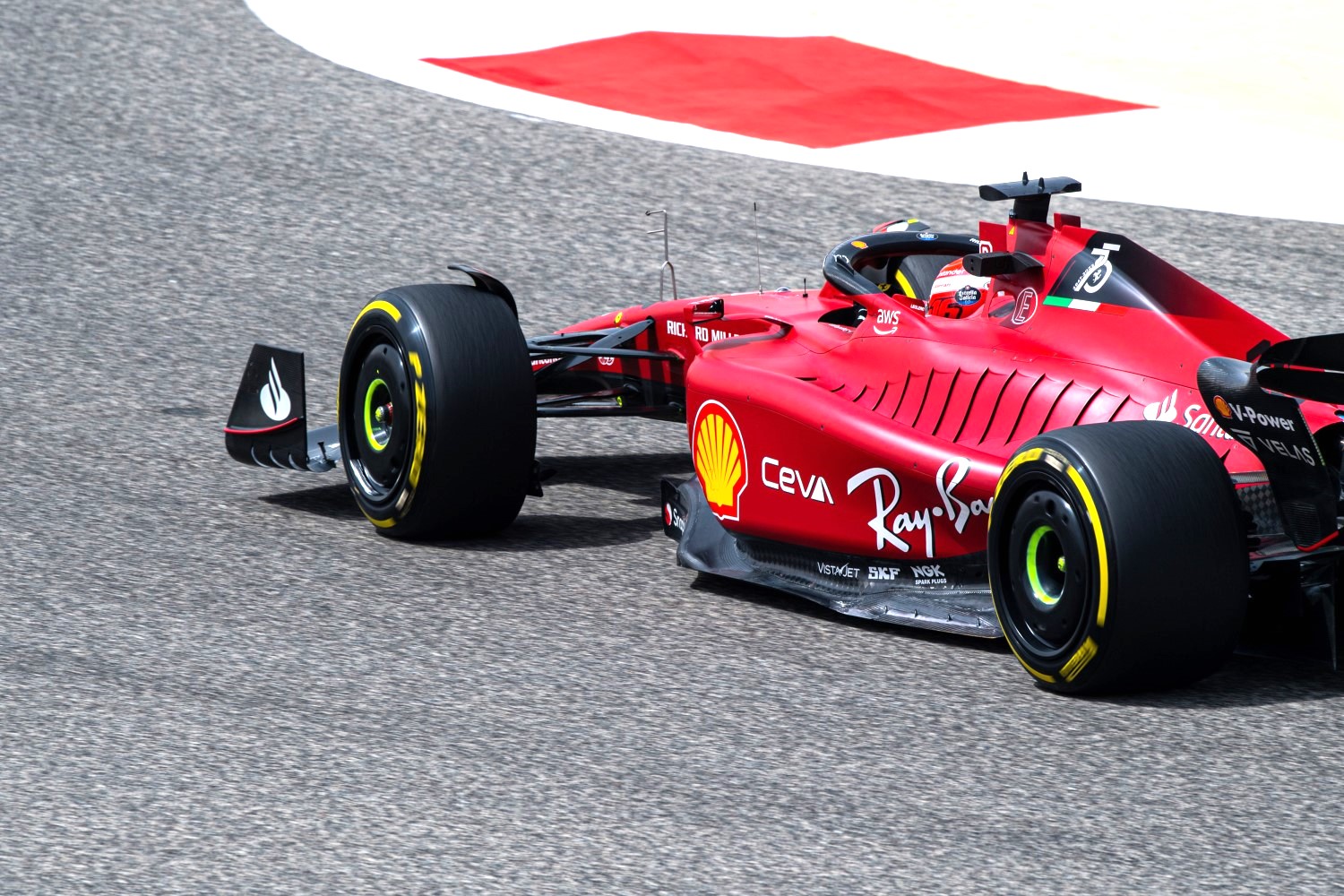
Front Suspension Packaging
This is another area of significant divergence. Most teams have maintained the conventional pushrod-actuated rockers whereby they angle a rod beneath the wheel hub upwards to inboard rockers in the upper part of the car’s nose, making for easy access for the mechanics.
On the other hand, McLaren and Red Bull have chosen the pullrod approach – with the rockers mounted in the lower portion of the nose. This arrangement makes it harder for the mechanics to change springs, but it lowers the center of gravity of the nose by placing the springs and rockers down low.
The teams make these different choices to try to optimize the flow to the tunnel inlets and around the pod’s sides. Moreover, the different bodywork layouts and shapes determine whether it is the pushrod or pullrod that provides a better airflow route, depending on how the team’s aerodynamicists plan for the airflow over, under and around the car.
Sidepods
When it comes to sidepods, Alfa Romeo, Williams, and Haas have gone for short sidepods. On the other hand, Ferrari, Aston Martin, AlphaTauri, McLaren, and Red Bull have gone long.
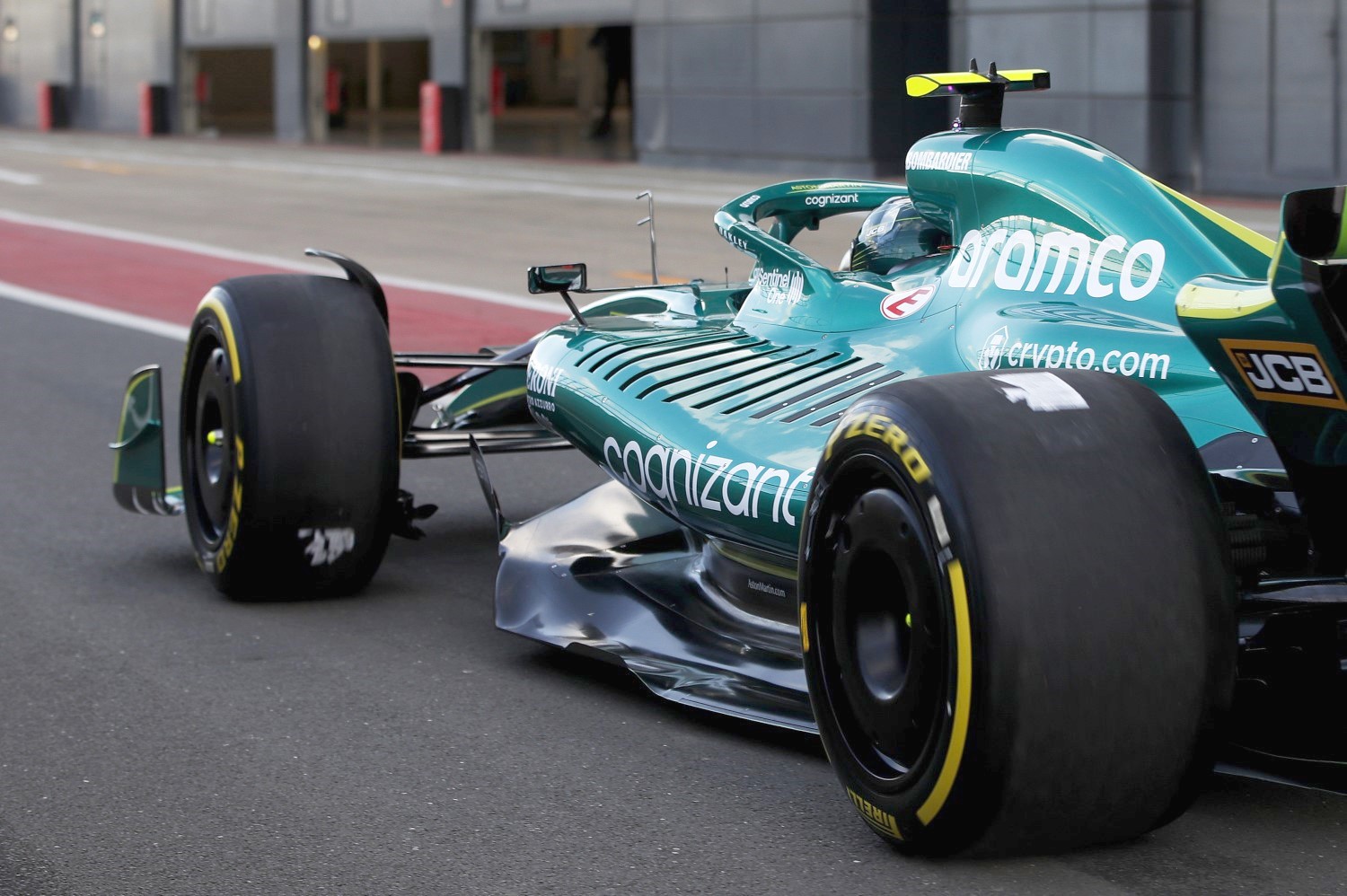
As for Mercedes, they have rolled out the smallest sidepods we have seen in decades, reducing the drag the car produces. This design should make the Mercedes faster down the straights, but offers less side impact protection for the drivers.
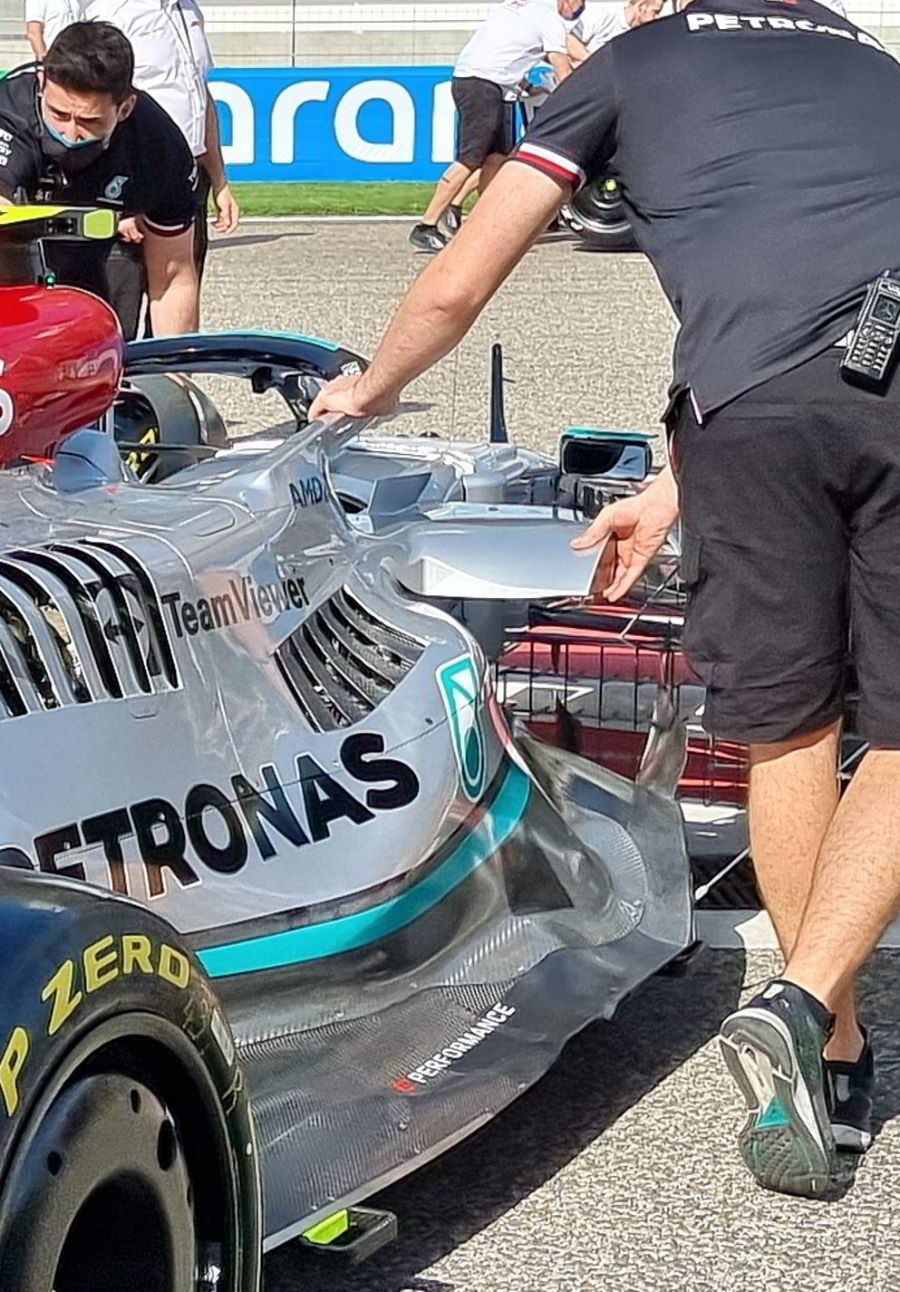
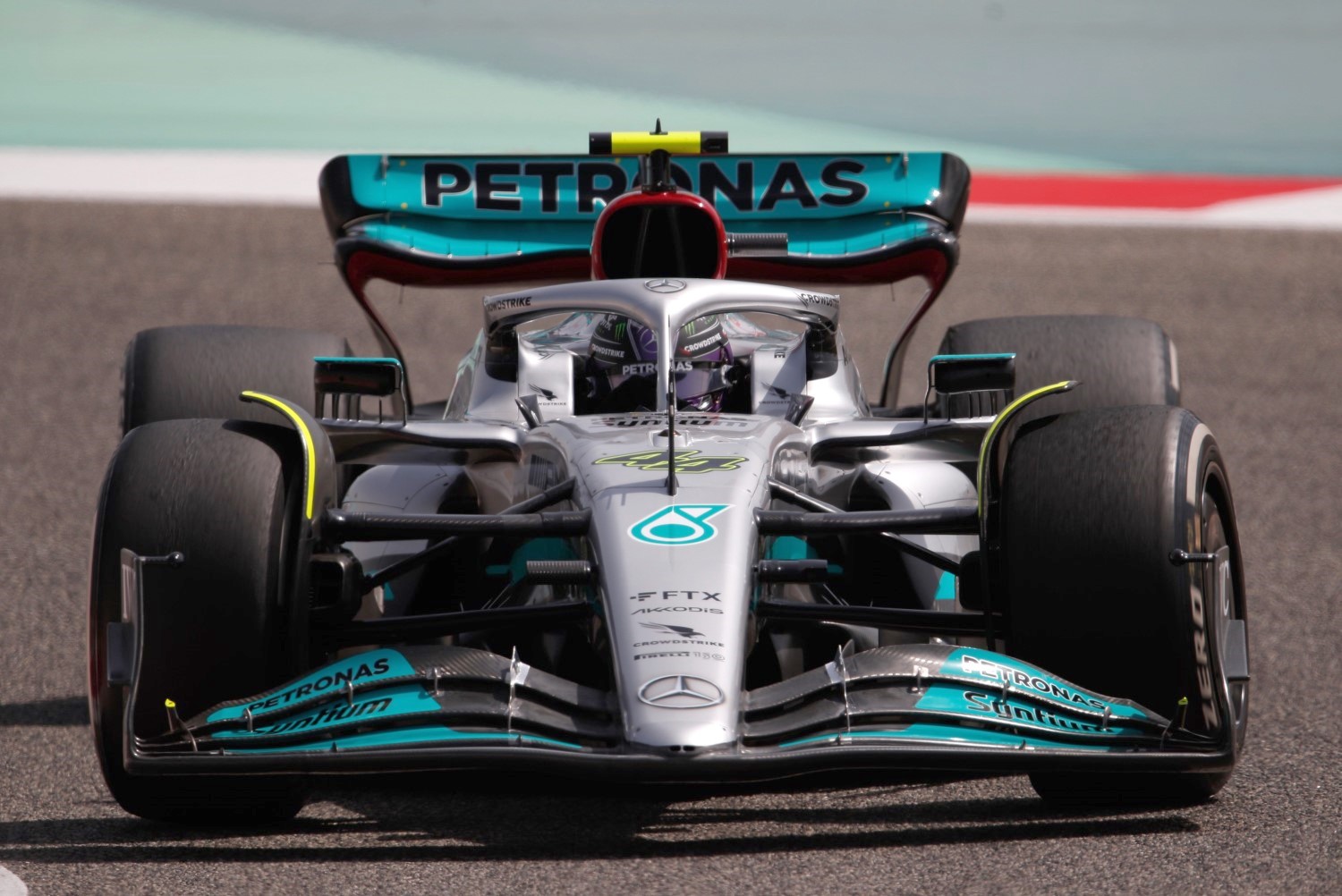
Individual Innovations
Some teams have also revealed several distinctive innovations not present in other designs. The most outstanding is Ferrari’s nosecone, which is split into two parts at the front. As a result, it has a front upper skin that forms part of the front wing structure.
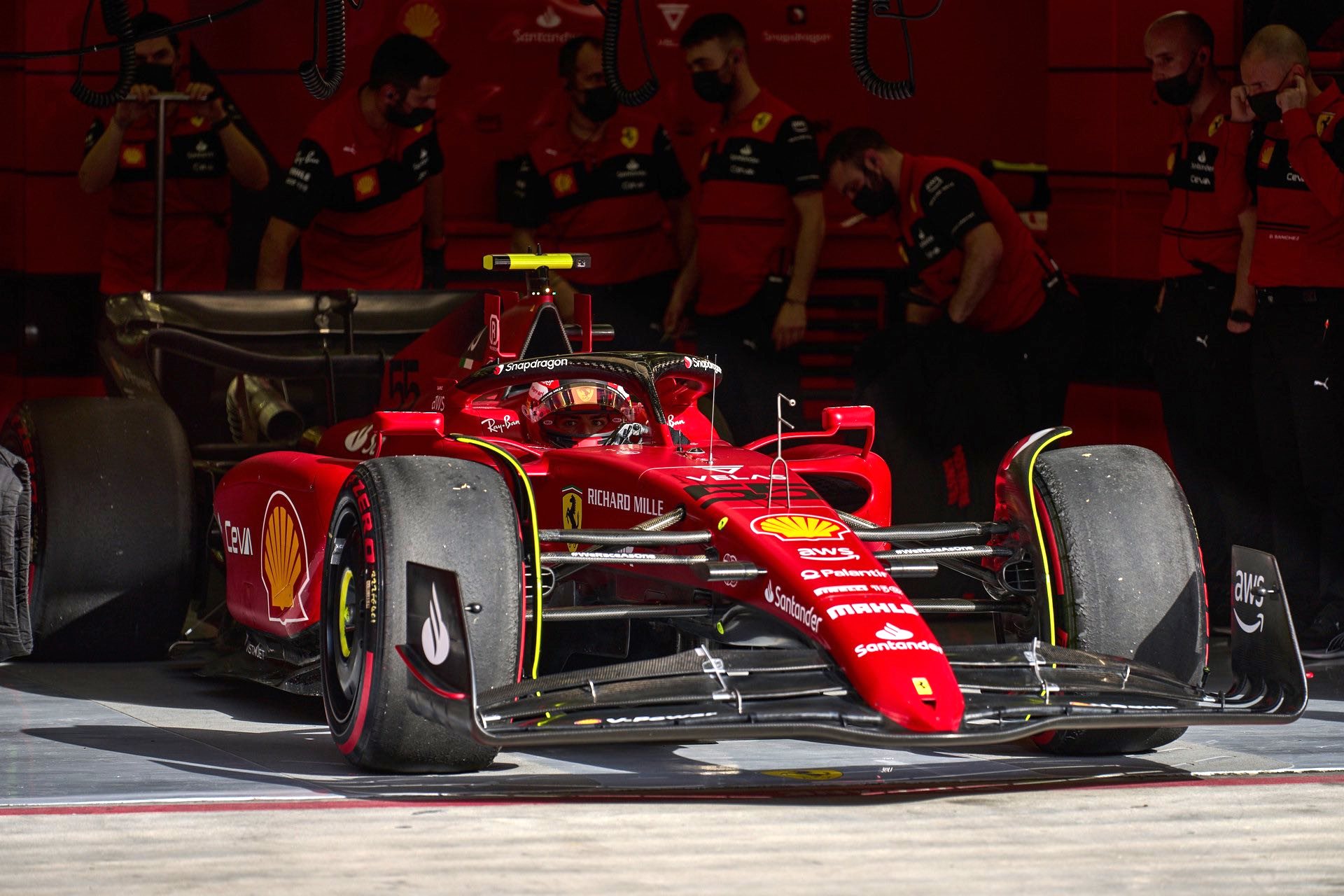
Mercedes have an extraordinarily short and narrow sidepod layout that creates a huge channel of the outer floor. This design also optimizes the air volume directed through the channel and diffuser exits, effectively enhancing the underfloor’s venturi performance and increases the downforce it creates.
Final Thoughts
Expect to see these designs evolve throughout the season. However, fans will discover soon what design approach functions best in F1’s new era. Additionally, these details will help F1 betting fans on Betway know how prepared each team is to take on their opponents. So, which team do you think has superior innovations?
